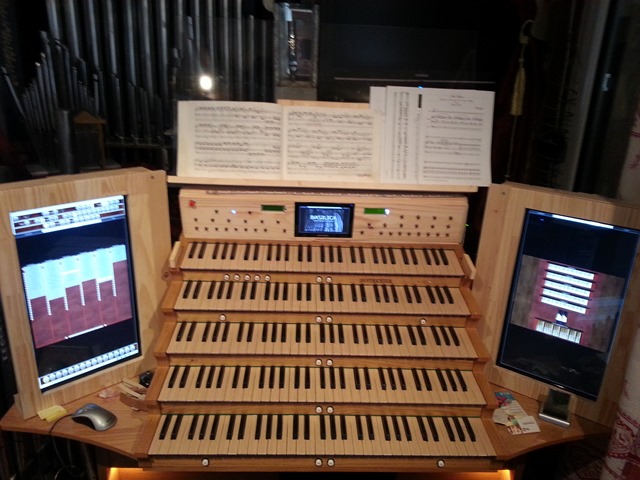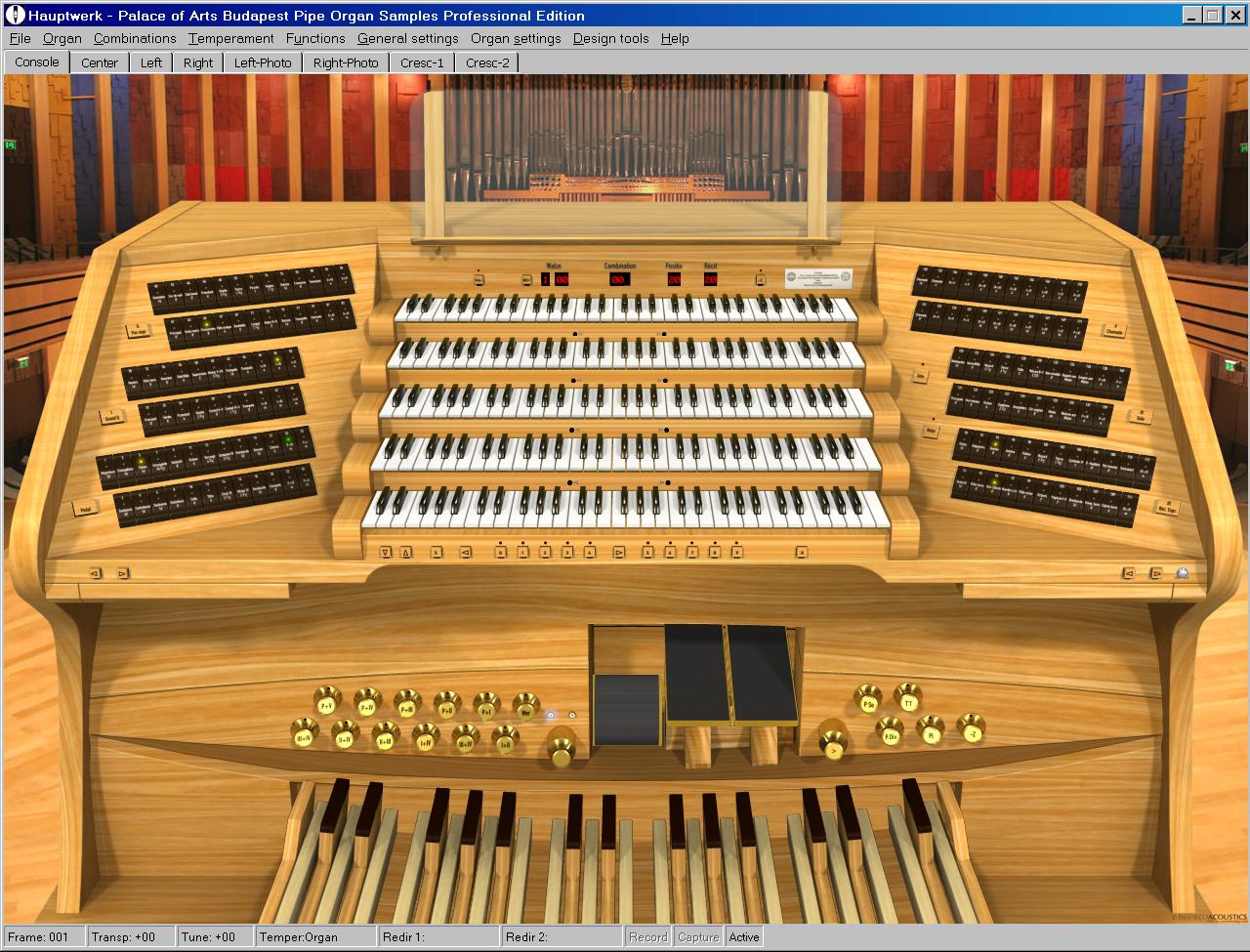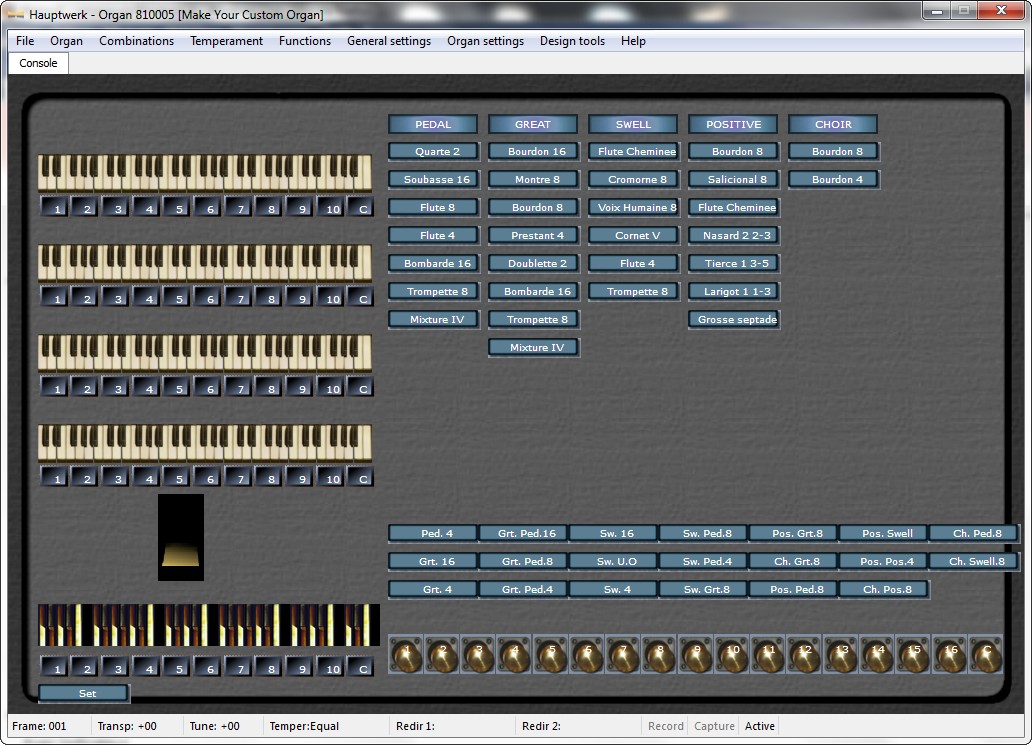
And, for that chapel, I'd still take this acoustic instrument over any digital. Compared to, say, the "Rotterdam - Laurenskerk " (88 Stops) which is very full and rich sounding.Once I was playing in small chapel which had 4 stop organ from late 19th century (1M+P, 3 stops for manual - Principal 8', Portunal 8' and Oktave 4' and one 16' stopped Subbass for pedal). Anne’s Moseley" (30 Stops), which is not very rich sounding organ IMO. A comparison in sound would be to a sample set that comes with the basic version of Hauptwerk, "St. My comment about a minimal pipe organ refers to organs with fewer stops, pipes and quality of materials. PS: For me the future is/will be Modartt Organteq I use mainly virtualMIDISynth which is also a good MIDI GM player: Soundfont is very, very resource-friendly. To use a soundfont, you also need a soundfont player, standalone or as a VST. Old, but not too bad either, there are some free pipe organs in soundfont format: The problem with this format is you cannot really independently pull out the stops. Of course, there are also some professional pipe organs in Kontakt format.

You can get lots of free, very well-made pipe organs for GrandOrgue or Hauptwerk.

In Hauptwerk you need much, much RAM (>8GB) because it has no disc streaming (this is ridiculous for this price).

I cannot recommend Hauptwerk because for what it is, it is way too expensive, so I use some free solutions, mainly GrandOrgue. I started with Hauptwerk many years ago when it was free.īut the author has decided to "unfree" it. For years I have been playing pipe organ as a simulation (with an organ pedal and 3 keyboards).


 0 kommentar(er)
0 kommentar(er)
